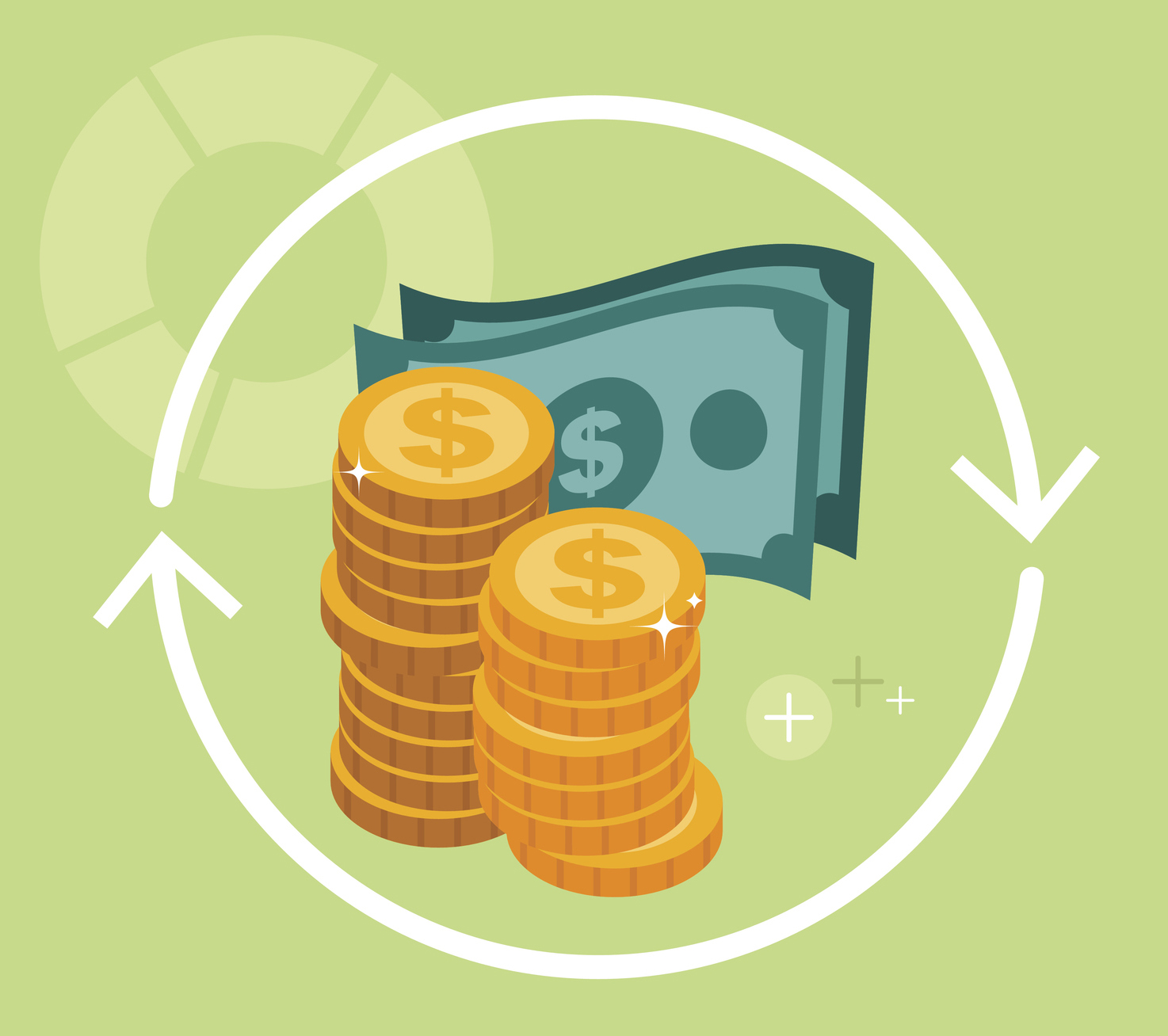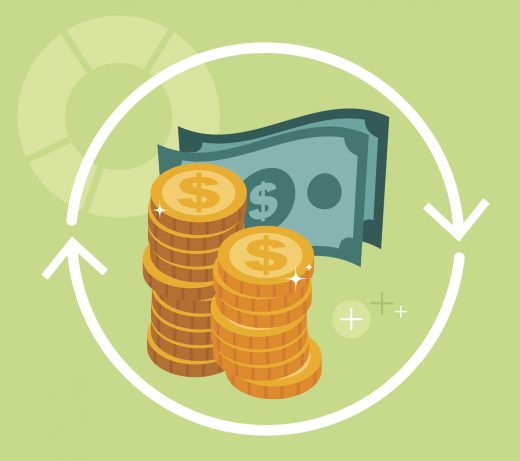Chargebacks: Everything You Ever Wanted to Know
— January 18, 2017

From subscription-based businesses to eCommerce stores, chargebacks hinder every business. This post is your guide; it goes through everything you ever wanted to know about chargebacks: what it is, what to do, and how to prevent them.
What is a chargeback?
A chargeback is a reversal of funds from a transaction. Essentially, it’s a refund, with the key difference being that a refund is issued by the merchant, whereas a chargeback is issued by the bank. Chargebacks typically act in the best interest of the customer, protecting them against unauthorized and fraudulent transactions.
Chargeback reasons
Every chargeback is accompanied by a reason code. There are over 151 different reason codes among the four card brands. The reason codes correspond to different causes, below are some frequent ones:
- Delivery failure: The customer did not receive the product.
- Dissatisfaction: Complaints that the item was drastically different than advertised or defective.
- Credit not processed: The customer doesn’t get their money back after they’ve returned a product.
- Technical problems: Glitches during the payment process (double charges or wrong amount charged).
- Fraudulent transactions: Fraud occurs when the credit card or card information is used without the cardholder’s authorization or knowledge (via stolen credit card, data breaches, card skimming, identity theft, etc.).
Friendly fraud
Chargebacks are an incentive for merchants to sell quality products and maintain customer satisfaction. While some chargebacks are legitimate, 86% of chargebacks are friendly fraud. Friendly fraud (or chargeback fraud) refers to when the cardholder purchases products but files a fake chargeback to get their money back while keeping the merchandise. The motivations behind friendly fraud can vary from buyer’s remorse to simply wanting the product for free. It’s well within your right as a merchant to dispute such chargebacks, but it will likely be costly and time-consuming.
The chargeback process
The chargeback process depends on the reason code and may last anywhere from one to six months. After the original transaction (first presentment) occurs, there are four stages:
1. First chargeback/retrieval request
The chargeback process begins when a dissatisfied customer contacts the issuer to file a transaction dispute. In some cases, the issuer may initiate it. Once a transaction is disputed, the issuer may send a retrieval request (via the card brand and acquiring bank) to the merchant. A retrieval request asks for the basic information of a transaction. When it’s requested, merchants must comply within a time period (usually 10 days). Failure or tardiness to respond will result in the customer winning the chargeback.
2. Second presentment/representment
The issuer will then review the chargeback request.
- If they deem it not valid, it’s rejected.
- If valid, the issuer will refund the customer and deduct the merchant’s account. The issuer then passes the chargeback to the card brand, who passes it to the acquirer (any fees from the acquirer will be passed to the merchant).
At this point, the acquirer will assess the case. If the acquirer has the required evidence to dispute the chargeback, they’ll act on behalf of the merchant. Otherwise, the acquirer will pass the chargeback to the merchant (via a payment processor), with instructions to gather evidence. The merchant will either respond or ignore the chargeback.
- If the merchant chooses not to respond, the customer wins the chargeback.
- If the merchant believes the chargeback is not valid or it’s friendly fraud, they will gather evidence to fight the chargeback (this process is called representment and can be done by a third party).
The acquiring bank then reviews the evidence and passes the information to the card brand, who then passes it to the issuing bank. There are two outcomes:
- Merchant wins: If the issuer finds the merchant’s evidence sufficient, the chargeback is declined, and the funds are put back into the merchant’s account – a process that can take many weeks.
- Customer wins: If the evidence isn’t sufficient, the chargeback goes through, and the funds remain with the customer.
3. Second chargeback/pre-arbitration
If the merchant wins, the customer has the option to try the chargeback again (reason code change, new information from the customer, etc.). The chargeback process above will then repeat. The merchant can dispute the claim once more or escalate to arbitration if necessary.
4. Arbitration
If no resolution can be reached, a mediator will step in to decide a resolution. Both the merchant and customer will present their cases and submit the necessary documents to the card brands. The fees may vary but typically there’s a filing fee of $ 150, a review fee of $ 250, a withdrawal fee of $ 150, and a technical fee (for violations) of $ 100.
Chargeback evidence
In the event of a chargeback, you need to provide evidence – proof that includes but is not limited to:
- Proof of delivery (i.e. postage or online tracking)
- Proof of the original item description and photos
- Proof of refund
- Proof of replacement product sent
- Proof of that the return policy was communicated to the customer
- Shipping verification
- Address verification
- CVV match
- Past purchasing history
- Subsequent transactions from the customer
- Any correspondence with the customer
Chargeback consequences
When a chargeback occurs, the merchant is subjected to chargeback fees (from the acquirer and payment processor) regardless of resolution. On top of the chargeback fees, the merchant also loses the product or service, shipping costs, cost of the transaction (processing fee), the sale amount, as well as the time and labor associated with dealing with a chargeback. In addition, if you use a processing aggregator like PayPal, your funds may be frozen until a resolution is achieved.
Chargebacks can also leave long-lasting damage to your business. If your company receives too many chargebacks, you could be deemed high-risk – which may result in merchant account closure, higher chargeback fees, and fines up to $ 25,000. Merchant accounts that are shut down due a plethora of chargebacks risk irreparable damage. You might land on the MATCH (Member Alert to Control High-Risk Merchants) list, meaning your business will be blacklisted and unable to obtain another merchant account for a minimum of five years.
Prevention
As you can see, chargebacks are tedious, time-consuming, and expensive to deal with. We’ve talked about what to do when a chargeback occurs, but now let’s delve into how to prevent them.
- Provide detailed product information. If customers receive products that are drastically different than what they were expecting, they could initiate a chargeback. Combat this by including clear photos and product details like dimensions, weight, construction, and materials.
- Use an identifiable business name. It’s often the case that your DBA (doing business as) name is not the same as your storefront. If a customer sees a charge on their credit card from a business name they don’t recognize, they may initiate a chargeback. If it’s different, make sure to let the customer know what to expect on their statement.
- Be accessible. If disgruntled customers can’t reach you or are not satisfied with your resolution, a chargeback may be their next course of action. Ensure it’s super easy and convenient for customers to get in touch with you (via email, phone, social media, live chat, etc.). In addition, a quick response time is just as important in deterring chargebacks.
- Ensure your policies are clear. Publish your policies on your site and include it in your correspondence with customers, indicating when the refund will go through and when they can expect their package.
- Make sure you’re EMV-enabled. For brick-and-mortar businesses, those that are most at risk for chargebacks are those that have yet to switch over to EMV-enabled terminals. Many small to medium-sized businesses in the U.S. did not upgrade their terminals after the EMV deadline because they couldn’t “reconcile the cost of upgrading their point-of-sale systems with the day-to-day expenditures of running their business,” reports Pymnts. However, as EMV reduces fraud in card-present environments, merchants that are not EMV-equipped are more vulnerable to fraud and susceptible to chargebacks.
- Prevent fraudulent transactions and unauthorized use of cards. Constant vigilance will reduce the amount of fraud and subsequently, chargebacks to your business. Protect your business with fraud prevention tools like AVS (address verification system) and require card expiry dates at checkout.
- Track shipments and require a signature upon delivery. Reduce the chance that the package gets lost in the mail by tracking the package and deter customers from claiming they never received it by asking for a signature upon delivery.
- Save all your transaction-related emails and correspondence. This will make your life easier if you need to provide proof to refute chargebacks.
Chargebacks can be extremely detrimental to your business, but knowing how to prevent unnecessary chargebacks and partnering with a reliable payment processor that will help you dispute them goes a long way in ensuring the security of your business.
Business & Finance Articles on Business 2 Community
(58)


